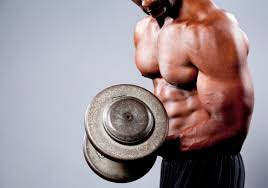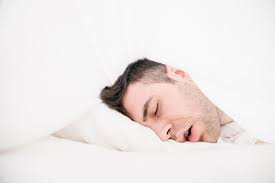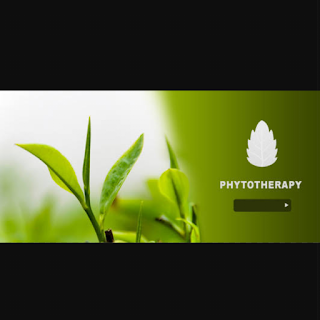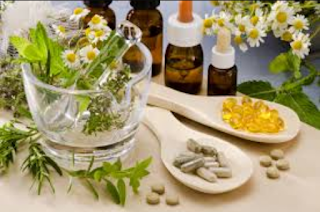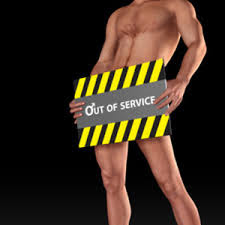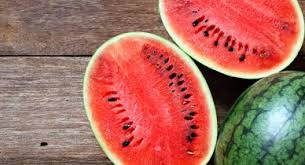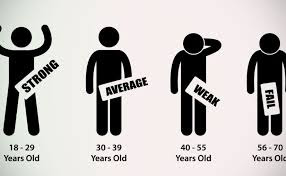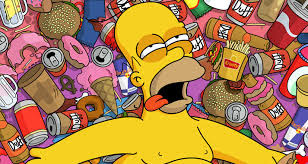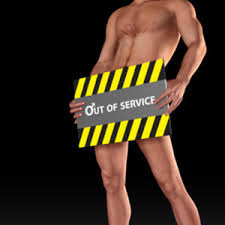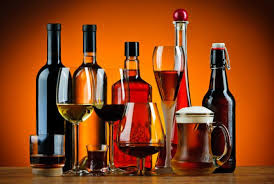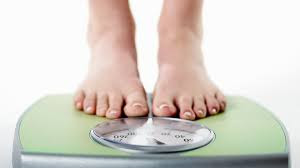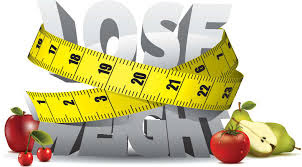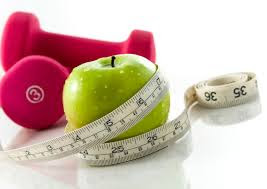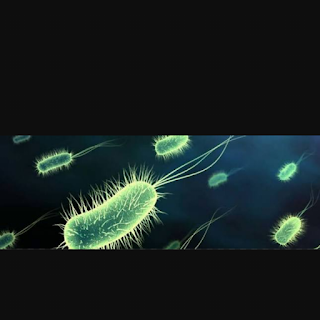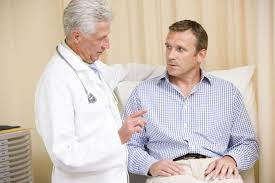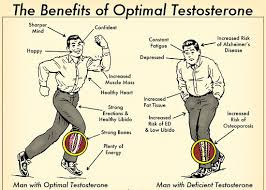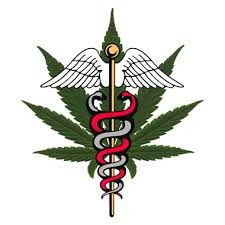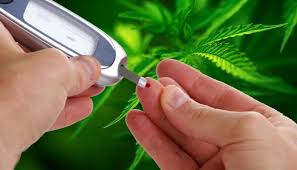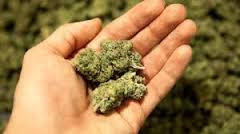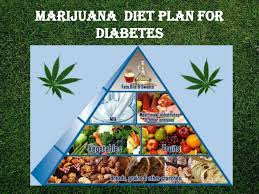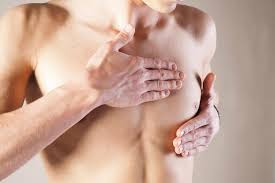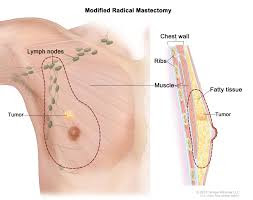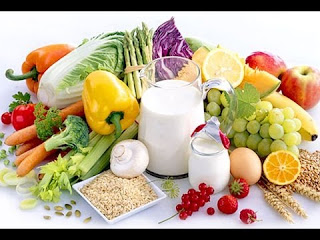I’m talking about how you can raise your HGH (human growth hormone; aka somatotropin) levels naturally and safely. HGH is manufactured by the pituitary gland and is essential during childhood for growth and for helping maintain tissues and organs throughout your lifespan. However, starting at around age 30, the amount of HGH produced by the pituitary begins to decline.
If you want to ensure healthyrelease of HGH, be sure to get 7 to 9 hours of natural (no meds!) uninterrupted sleep on a regular basis. Of course, there are occasions when this sleep cycle might be altered, but be sure to get back on tract ASAP.One way to naturally increase your melatonin production during the night is to sleep in a completely dark room. By this I mean completely dark, as it has been studied that even a single led light in a microvawe oven or similar is able to interfere with the pineal glands ability to produce melatonin troughout the night.
(adsbygoogle = window.adsbygoogle || []).push({});
Amino acids may stimulate HGH secretion. Certain amino acids are known to stimulate the secretion of HGH. Also known as secretagogues, these amino acids include arginine, glutamine,lysine, and ornithine.
Avoid sugar after workouts. Consuming sugar (especially fructose) within 2 hours post workout will cause your hypothalamus to release somatostatin, which will decrease your production of HGH. Simple sugars that are high-glycemic also spike insulin levels. Not only does this lead to body fat storage, but it severely decreases the release of growth hormone.

